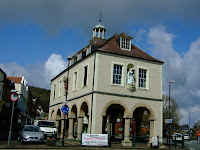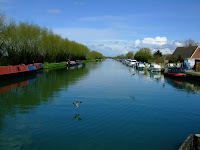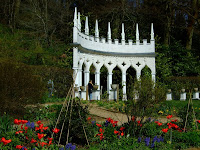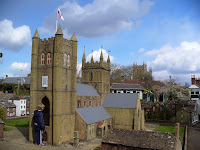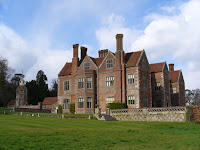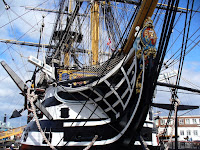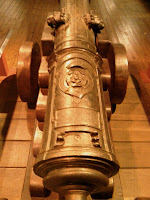
It is Bluebell time again, winter is past, spring is here: the snowdrops and daffodils have cheered us and now it is time for the bluebells.
 What a magnificent pallet of colours awaits in the beech forests around us here: the intense green of the bluebell leaves; the purple haze of the bluebell flowers floating just above the forest floor; the mottled mid-browns of last season's leaves carpeting the paths and open spaces; and the young fresh green of the new season's growth bursting from the branches, held in place by the grey-brown columns of the tree trunks. Cover it all with a clear blue sky and it is as close to spring perfection as you can hope to come.
What a magnificent pallet of colours awaits in the beech forests around us here: the intense green of the bluebell leaves; the purple haze of the bluebell flowers floating just above the forest floor; the mottled mid-browns of last season's leaves carpeting the paths and open spaces; and the young fresh green of the new season's growth bursting from the branches, held in place by the grey-brown columns of the tree trunks. Cover it all with a clear blue sky and it is as close to spring perfection as you can hope to come.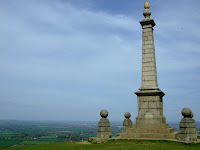 Not far northwest of London is the attractive little town of Wendover and that was the base for our bluebell walks. Leaving Wendover we walked southwest and climbed Coombe Hill which affords views over Chequers. The walk then joined the Ridgeway long-distance route back to Wendover. After a lunch break we left southeast, still following the Ridgeway as it circled round to the north through Hale Woods and Wendover Woods before leaving the Ridgeway and finally heading southwest, back to Wendover; all told, we covered some 10 miles.
Not far northwest of London is the attractive little town of Wendover and that was the base for our bluebell walks. Leaving Wendover we walked southwest and climbed Coombe Hill which affords views over Chequers. The walk then joined the Ridgeway long-distance route back to Wendover. After a lunch break we left southeast, still following the Ridgeway as it circled round to the north through Hale Woods and Wendover Woods before leaving the Ridgeway and finally heading southwest, back to Wendover; all told, we covered some 10 miles.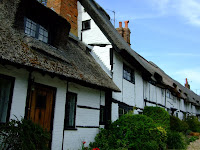 Wendover is home to the Coldharbour Cottages which were part of Anne Boylen's dowry to Henry VIII, while the Wendover Woods are home to the smallest bird in Europe. Had we known what we were looking for we may well have seen one of these rare Firecrests.
Wendover is home to the Coldharbour Cottages which were part of Anne Boylen's dowry to Henry VIII, while the Wendover Woods are home to the smallest bird in Europe. Had we known what we were looking for we may well have seen one of these rare Firecrests.Although the two walks promised bluebells, and to a certain extent, both delivered, there was not a stunning display to be seen on either.
 The closest place to here to be awed by bluebells is in the Ashridge Estate and since we were so close we called by there on the way home. The estate has a few special pockets of bluebells but there is one that is simply stunning and, understandably, very popular at this time of year. We first visited in 2002 and although we were probably a week before the display would be at its peak, it was still worth the detour to visit this special area.
The closest place to here to be awed by bluebells is in the Ashridge Estate and since we were so close we called by there on the way home. The estate has a few special pockets of bluebells but there is one that is simply stunning and, understandably, very popular at this time of year. We first visited in 2002 and although we were probably a week before the display would be at its peak, it was still worth the detour to visit this special area.








